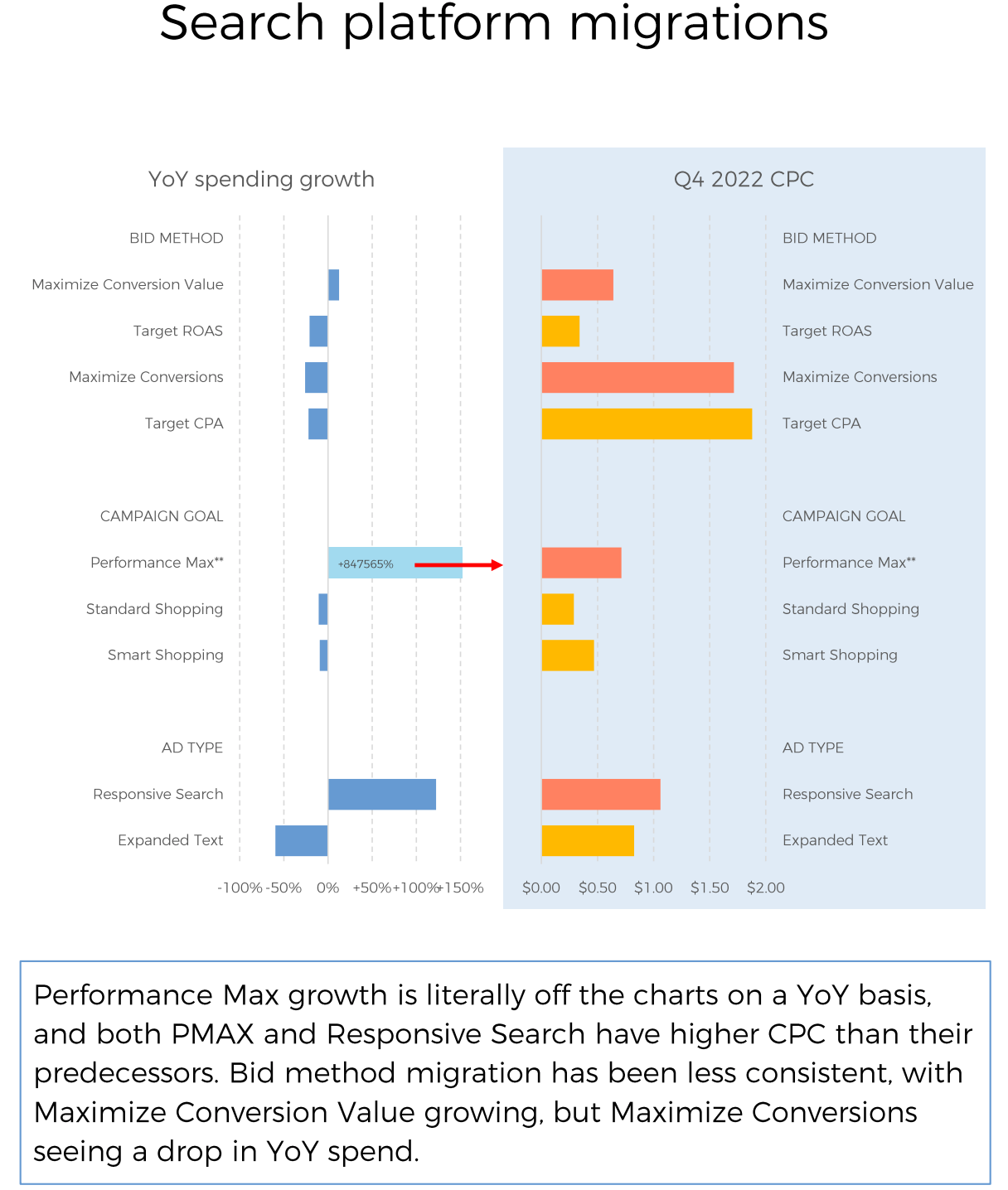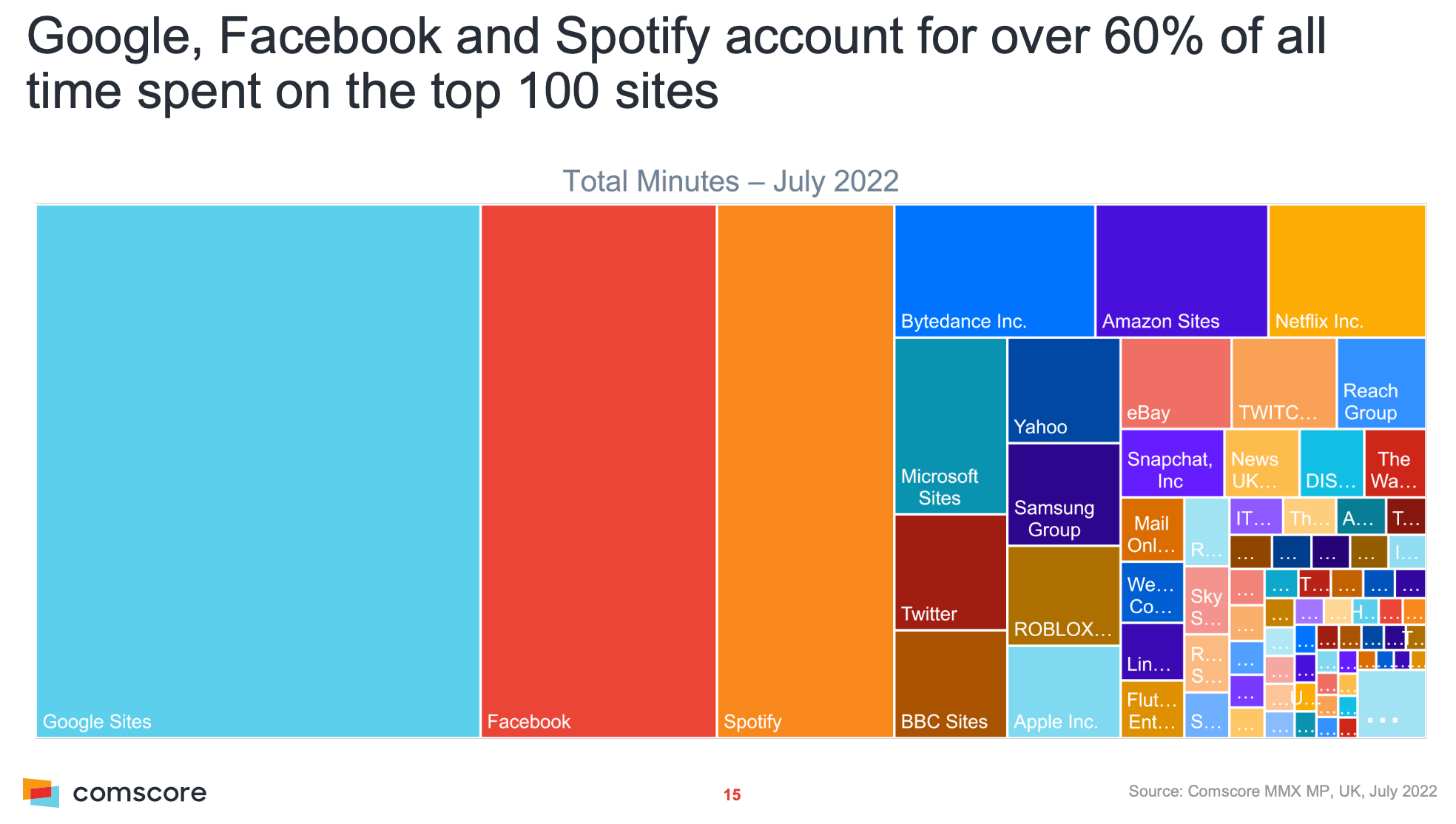Google Vehicle Ads: The Digital Master Key for the Motor Industry
Advertising via Google is constantly evolving, and new ways to showcase your brand and business offering are regularly being rolled out. The latest...
Read morePerformance Max is one of the easiest ways to tackle the full Google network, but are you maximising results? Dr. Dave Chaffey explores. Read more.
It’s now well over a year since Google Ads Performance Max (PMax) was rolled out to all advertisers. It’s likely that if you have a significant monthly ad budget that warrants using it, you are already using it or, if not, you’re considering it.
In this article, I’ll review some of the features of PMax you may be unaware of which can be used to improve your PMax campaigns' performance. I’ll step you through the options as a series of questions that you can ask yourself to review against your current approach. To learn more about the details of the optimisations possible, with examples, join us for our upcoming webinar.
Recently published research from Skai, showed a huge increase in PMax usage amongst their advertisers. The increase in investment, as they put it, is ‘off the scale’. It certainly shows that Google got their marketing right for this launch (a contrast to Google Bard?) and both advertisers and their agencies are embracing it. The case studies accompanying launch show the appeal of potentially increasing conversions at a similar daily budget while not increasing cost per acquisition (CPA).

Yet the popularity of PMax begs the question that many have been asking, as to whether advertisers are getting value from PMax since it’s based heavily on machine learning-based automation of Google Ads campaigns and can be almost treated as a ‘black box’ which can limit campaign control and reporting.
Let’s now review the 9 questions to review the optimizations possible.
One of the main headline benefits of PMax is that you can advertise across Search, Display, YouTube, Discover, Gmail and Maps from a single campaign.
This gives an opportunity to both increase reach and frequency compared to using Search campaigns only. It’s well established that increasing frequency will lead to more effective integrated campaigns (but typically up to a maximum of number of exposures). This Comscore visual for UK sites, shows the potential to increase reach across Google properties. Plus, Google Display can reach audiences across many large media and smaller sites too.

PMax is designed to increase the number and value of conversions for a given daily budget. For retailers, it’s aimed at increasing sales, but it’s also aimed at increasing leads, for example in B2B or B2C marketing. There are also more general goals such as increasing website traffic (which we wouldn’t generally recommend), although there isn’t an option to increase impressions.
While Google Ads will naturally report on conversion it’s worth questioning the type of conversion since PMax defines primary conversions (mainly used for reporting and optimization), but also secondary conversions that can be useful to observe higher funnel actions. There are also different ‘counting options’ for reporting which may suggest that conversions are higher than you think compared to business conversions, unless interpreted correctly.
It’s also worth considering setting conversion values since you will get potentially get better results from optimizing against these and more insight. You can then select 'Target ROAS' or 'Maximize Conversion Value' bid strategies.
Then there are conversion value rules to apply a multiplication factor to conversion values for higher-value types of customers, devices or locations.
The next most important question after your goals. There are lots of options here including some good options to increase your conversions from new customers. It’s useful to give Google some hints to find ‘lookalike’ audiences by uploading custom audience lists. Optional Audience signals can be used to define people who are more likely to be ‘in market’ based on custom audience lists segments, demographics or selecting from people who are in market or show affinity, e.g. from competitor websites.
Google also has, what it’s still calling, the new customer acquisition goal (which is also available for search campaigns). Google’s Help page explains how Google can use uploaded audience lists to define this and Google will attempt to identify new customers who have never converted. You have the option to bid higher for new customers than for existing customers (New Customer Value mode adding additional new customer acquisition value for a customer’s first purchase conversion value) or to only bid for new customers (New Customer Only mode).
PMax offers smart bidding to either 'Maximize Conversions' to get the highest number of conversions for your budget or to 'Maximize Conversion Value' to get the highest value conversions. Established accounts can also choose from using 'Maximize Conversions with Target CPA' or 'Maximize Conversion Value' with Target ROAS bid strategies in order to take your campaign to the next level.
For retailers, it’s also important to consider which inventory they should exclude from bidding (for example, inventory that is unavailable) using campaign exclusions.
An asset group is a set of creatives that are used to create an ad depending on the channel it’s being served on, for example for display or on YouTube. Creative, headline and description messaging and calls-to-action are optimised according to performance using machine learning. Google recommends that “it’s a best practice to organize asset groups like you organize your ad groups, by a common theme. For example, you might try separating asset groups by the different products or service types you offer”. Another approach recommended by Google Ads consultant Claire Jarrett is to group creative for top, middle and bottom-of-funnel content. Note that videos are required. If you don’t upload a YouTube video of your own, Google will generate one for you and the quality will likely not be as high as you would prefer.
While destination URLs are added when defining your creative assets, there are other options that are worth reviewing including URL expansion and URL exclusion.
By default, URL expansion is enabled, but you may want to opt out of this.
All the features that are available show that you need to carefully track the business value generated from PMax campaigns and compare them to the other forms of advertising you’re using in your campaigns, including traditional Google Ads keyword-based Search campaigns. More experienced advertisers will want to review their conversion window, consider returns and enable and test Data-Driven Attribution for its impact on performance.
Many have noted limitations in reporting although some of these will be addressed in future. For example, Bidnamic noted that:
"Currently, advertisers can report on top-level campaign performance, and location performance, and see performance reports by day of the week, hour-of-day, and both day and hour together.
Users cannot report on individual assets, making it difficult to see what could be changed to improve campaigns. Instead, you can only see a general overview.
While you can inform the targeting of your ads, you receive no information about how targeting is performing. You get no information about who is seeing your ad which is vital for monitoring performance".
You can utilise the Performance Max placement reports to see where your ads have served and the associated impressions, but you can’t control placements as you can with the Display Network.
You will, however, be able to get more detailed insights by comparing the performance of different PMax and Search Ads segments in Google Analytics to understand customer journeys related to PPC.
More tools are promised, but for now, Google recommends using a Pre-Post testing framework to review results through time.
Since PMax typically runs alongside keyword-targeted search campaigns, it’s important not to just look at the performance of PMax in isolation, but to look at its impact on these other campaigns. Experience is also required to understand how PMax competes with other types of campaigns if you are using them. For example, PMax will be favoured against Shopping, Smart Shopping, Local Campaigns and Dynamic Display Remarketing since it is ultimately aimed at replacing these. It may even compete with search if the keyword is not an exact match (depending on AdRank).
So, those are some of the many decision points to review when first setting up Performance Max or considering how you can optimise it.
You can see that although PMax may be presented as providing simplicity based on automation and machine learning, there are still many options which require experience and know-how to test and select the best options.
It’s far from ‘Plug and Play’, if you want to maximise performance!
To learn more about our recommended options to consider, join us for our upcoming webinar.
More articles you might be interested in:
.png)
Advertising via Google is constantly evolving, and new ways to showcase your brand and business offering are regularly being rolled out. The latest...
Read more.png)
The UK market has been waiting with bated breath for Google’s Vehicle Ads release – so where is the update? Learn more.
Read more
Welcome to the latest round-up of all things digital. This is where we look at the latest updates in the world of PPC, SEO, Content and International...
Read more.jpg)
Creating conversion-optimised PPC campaigns start at strategy planning. Do you know how you can maximise the return on your ad investment? Dave...
Read more
We're heading into a new financial year - do you know how PPC can help grow your conversions? Find out how developments from Google and Bing will...
Read more
What are the benefits of Google's new Performance Max campaign type? Head of DPM, Sarah Clarke, tells us how you can use it to automate your...
Read more
It may have seemed like just your average PPC role at first, but what Alex Copping didn't realise is that he was about to learn a whole lot about...
Read more
Ever wondered how ethical advertisers can be? Megan takes a look at how advertisers can be trusted to self regulate to protect consumers.
Read more